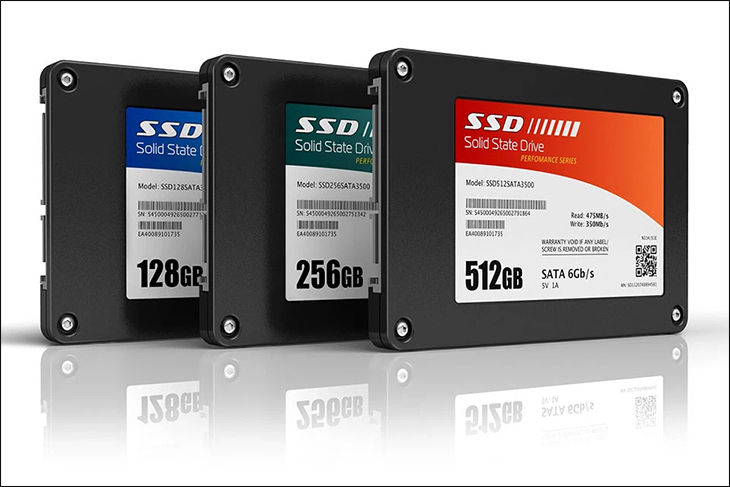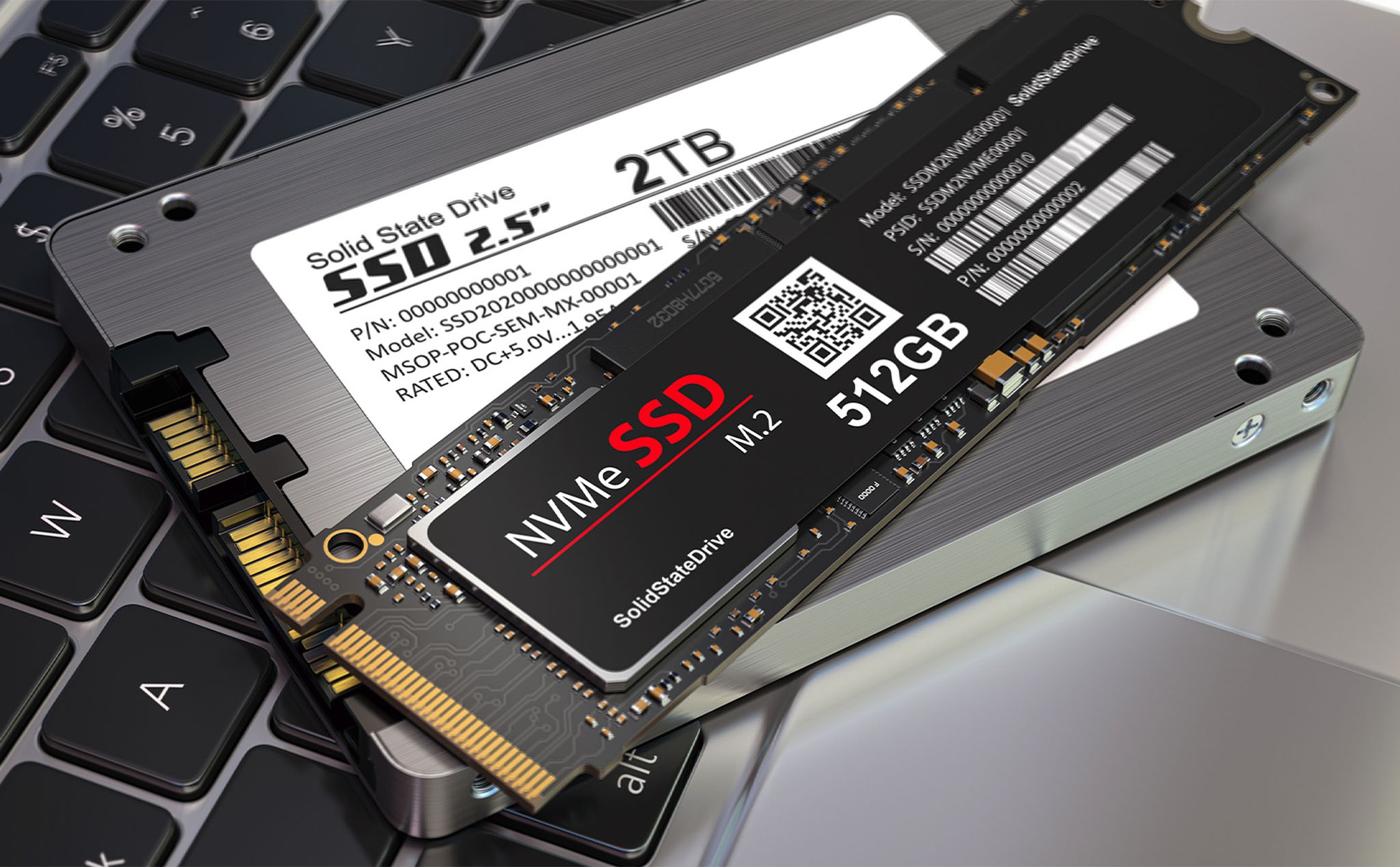How long is the lifespan of an SSD?
- Tram Ho
Today, SSD hard drives are being widely used because of their outstanding advantages. But have you ever wondered, how long is the lifespan of an SSD? This article will answer your questions.

SSDs do not contain moving parts like traditional HDDs. Without the rotating disc, swingarm and magnetic head, flash chips are used in place of these.
This means that SSDs are not as easily damaged as hard drives. Additionally, the added durability gives SSDs a clear advantage in reliability, especially when subjected to shocks or exposure to less than optimal environmental conditions. They are also unaffected by magnets.
However, it should be remembered that other components in an SSD are just like those in a hard drive and are more likely to fail. SSD drives are also very susceptible to power failure, leading to data corruption or even failure of the drive itself. With SSDs still in their infancy, it may be a few years before we get a true picture of how well they will perform with repeated use.
The lifespan of each memory block in an SSD is limited to a certain number of write cycles, which means the number of times a piece of data can be stored into it. The number of cycles will be a few thousand on most drives. This sounds extremely low-key but isn’t really a problem in modern SSDs. Unlike traditional hard drives, SSDs use a technique called Wear leveling to ensure that each memory block is used before the cycle starts again at the first block.
Unless you’re writing tens of gigabytes of data per day and doing it continuously for several years, you won’t hit the write cycle limit. Even if you did, the memory becomes read-only, so your data is still accessible.
All of this means that SSDs are a great choice for everyday storage over HDDs, as long as you prioritize performance over capacity and the relatively high price tag of SSDs.

But is an SSD good for long-term data storage? This depends. The failure rate of SSDs largely depends on the technology used and how you use them.
In general, SSDs are expected to last longer than HDDs in general use cases. However, how long an SSD can store data depends on several factors, including the number of write cycles used, the type of flash memory used in the drive, storage conditions, etc.
A joint study by Google and the University of Toronto found that SSDs need 25% less replacement than HDDs over a multi-year period. The study also notes that 20-63% of drives experience at least one unrepairable fault in the first 4 years.
But while the lifespan of an SSD isn’t so obvious, many SSD manufacturers will list data retention as part of the drive’s specifications or warranty standards. For example, Samsung’s 250GB 860 EVO SATA SSD is promised to last at least 150 TBW (Terabyte Written) or 5 years, whichever comes first. The JEDEC Technology Consortium sets the industry standard of 1 year for consumer drives.
Source : Genk
